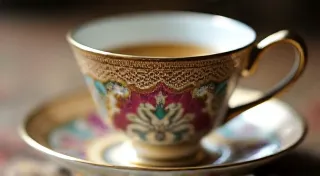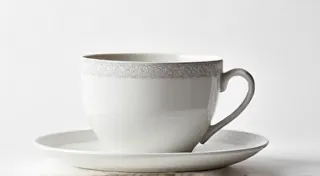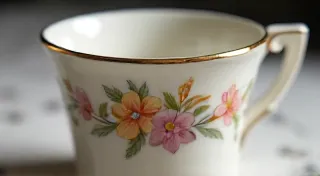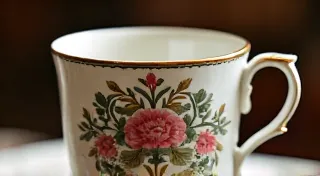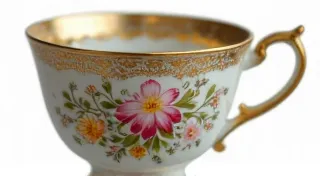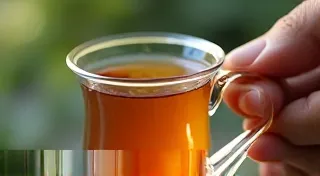Identifying Shelley Tea Cups: Patterns and Markings
Shelley tea cups are highly sought after by collectors worldwide, renowned for their delicate beauty, intricate designs, and the quality of their porcelain. This guide provides a comprehensive overview to help you identify Shelley tea cups, focusing on popular patterns and the evolution of their distinctive marks.
A Brief History of Shelley
The Shelley name is closely linked to W.H. Shelley, who, along with his father, William Shelley, established the company in Burslem, Staffordshire, England, in 1907. Originally named Shelley & Co., the company was a breakaway from A.W. Shelley & Sons. Shelley quickly gained a reputation for producing elegant and refined china, particularly popular for tea and coffee services. The company continued operating until 1970.
Shelley Marks: A Timeline
Identifying Shelley tea cups often begins with examining the factory mark. Shelley's marks evolved significantly over the years, and understanding this evolution is crucial for accurate dating and identification.
- 1907-1913: The earliest marks consisted of “Shelley” often in a stylized font.
- 1913-1923: The "Shelley, England" mark was introduced, often in a script or gothic font.
- 1923-1935: A significant shift occurred with the introduction of the "Shelley 1913" mark. Note that the number ‘13’ refers to the year the company was founded, not the year the mark itself was introduced.
- 1935-1946: The famous "Shelley" inside a triangle mark became standard. Variations of this mark include different font styles and sizes.
- 1946-1970: Post-war marks often included the word "England" or "Made in England" along with the triangular "Shelley" mark.
Remember that mark variations exist, and a trained eye may be needed for definitive dating in some cases.
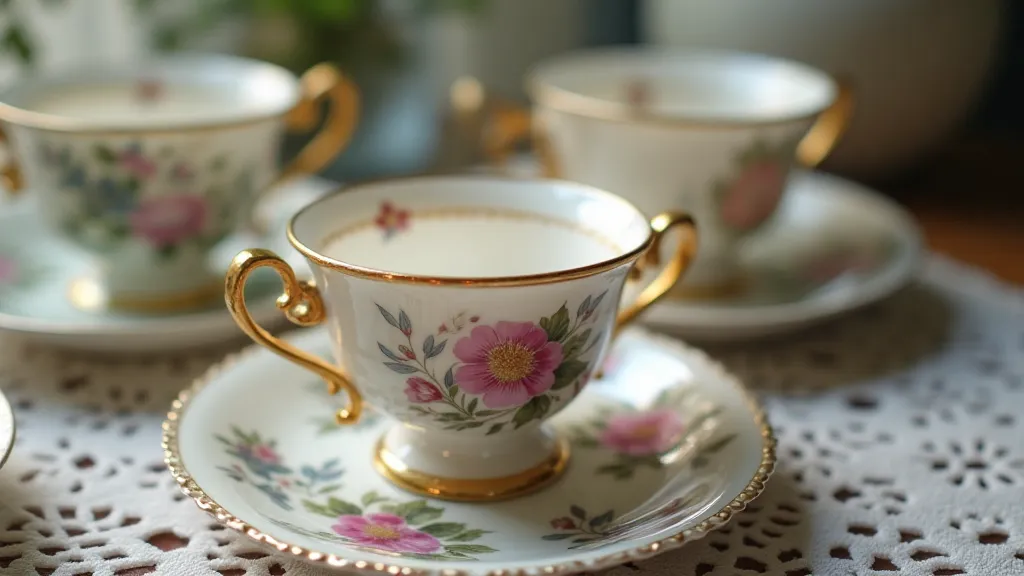
Popular Shelley Tea Cup Patterns
Shelley produced a vast array of patterns throughout its history. Here are some of the most recognizable and sought-after:
- Dainty Bluebells: A charming pattern featuring delicate bluebells and foliage. Extremely popular in the 1930s.
- Rose Cottage: A picturesque design with roses and cottage scenes.
- Anemone: Recognizable for its stylized anemone flowers, often in pastel shades.
- Primrose: A sweet pattern featuring primroses and green foliage.
- Forget-Me-Nots: A beautiful pattern of delicate forget-me-not flowers.
- Moonlight & Roses: A romantic pattern of roses and foliage, often in shades of cream and pink.
Many Shelley patterns were produced in multiple variations, sometimes with slight differences in color or the placement of the design. This can make identification challenging, but careful examination of the details is key.
Distinguishing Features and Common Characteristics
Beyond the marks and patterns, several distinguishing features can help identify Shelley tea cups:
- Porcelain Quality: Shelley porcelain is known for its fine quality and delicate feel.
- Shape and Form: Shelley tea cups often have a gentle curve and a comfortable feel in the hand.
- Glaze: Shelley glazes were typically smooth and even.
- Hand-Painted Details: Many Shelley pieces feature hand-painted details, a testament to the craftsmanship of the era.
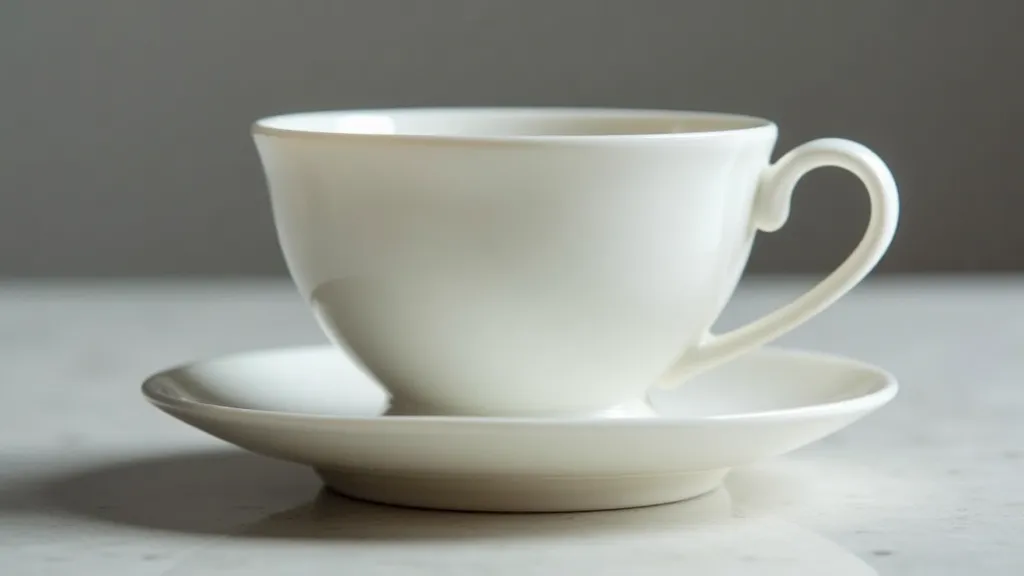
Resources for Further Research
Identifying antique Shelley tea cups can be complex, and continued research is often necessary. Here are some valuable resources:
- Shelley Collectors' Clubs: Joining a collector's club can provide access to expert advice and a community of enthusiasts.
- Online Forums and Websites: Numerous online forums and websites are dedicated to antique china identification.
- Reference Books: Several reference books specialize in Shelley china.
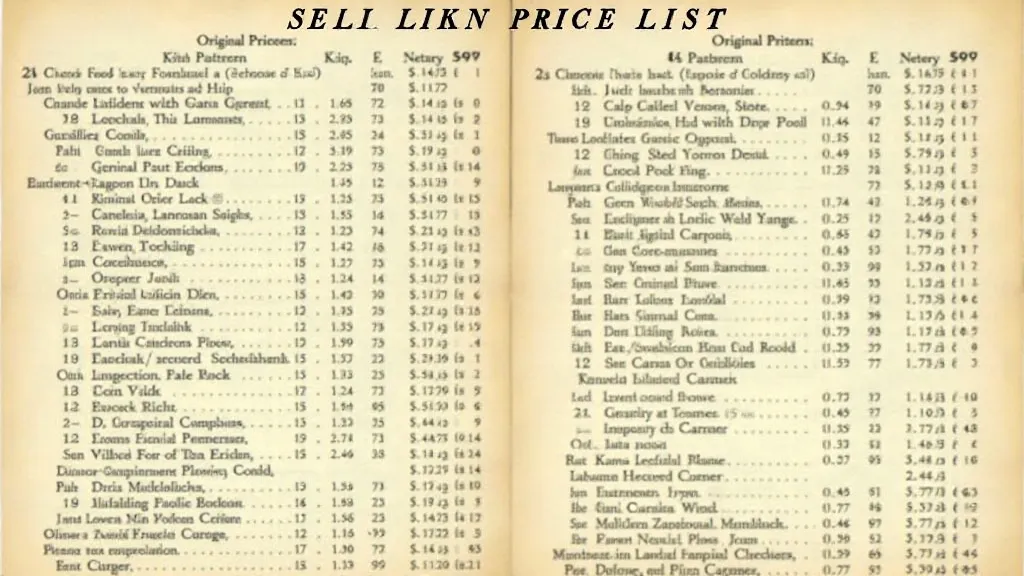
With careful observation, research, and a little bit of detective work, you can unlock the story behind your Shelley tea cups and appreciate their beauty and historical significance.
